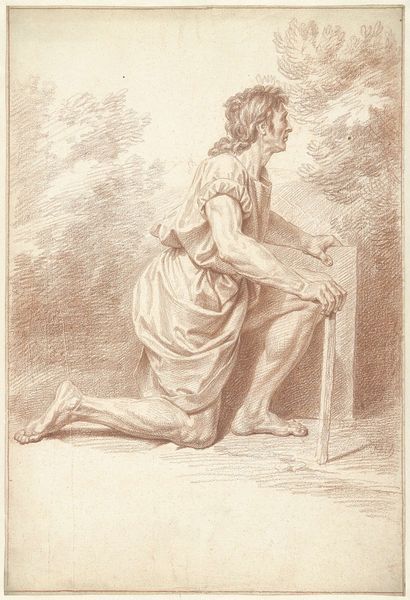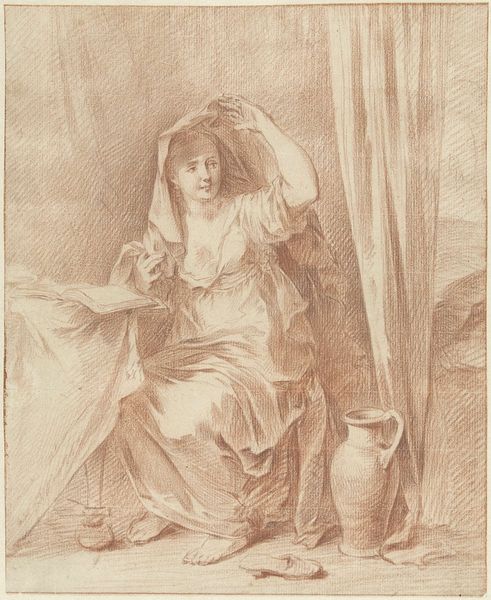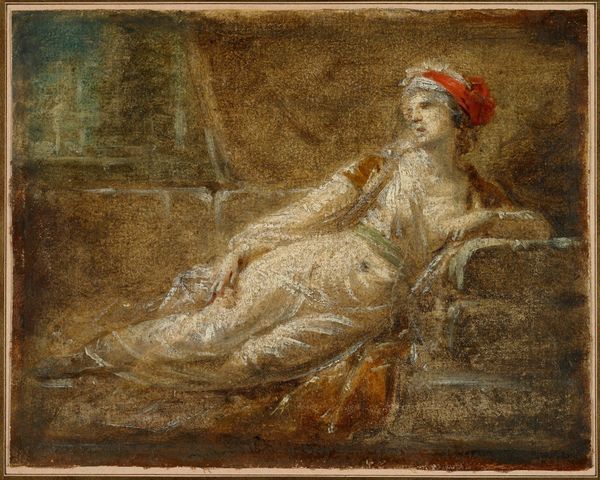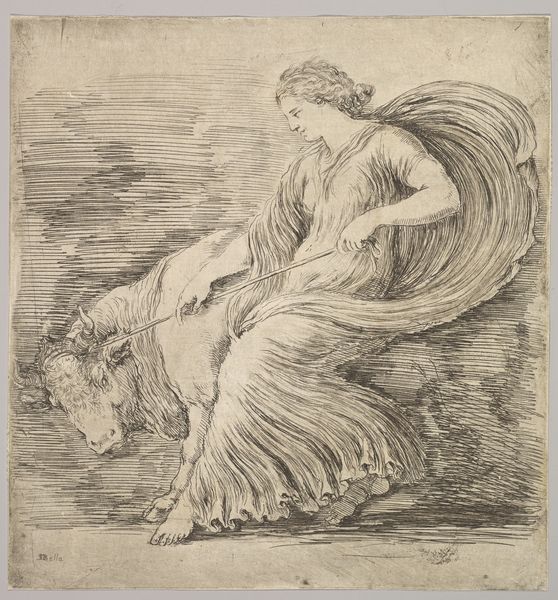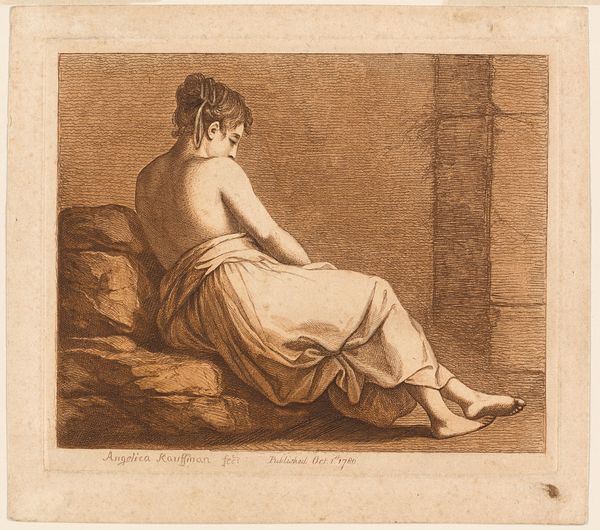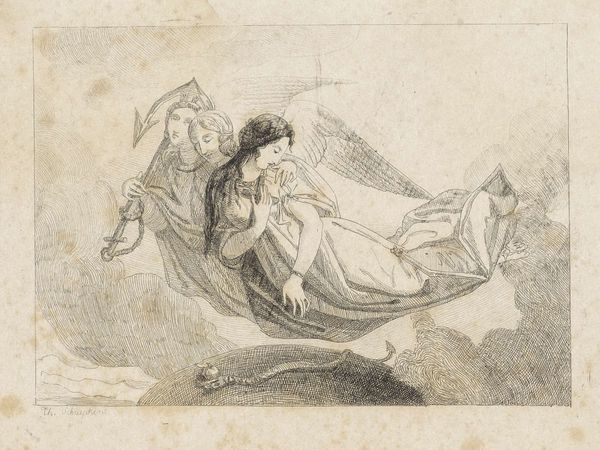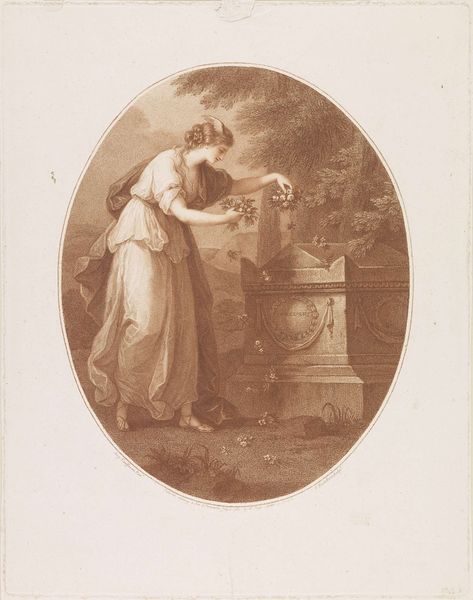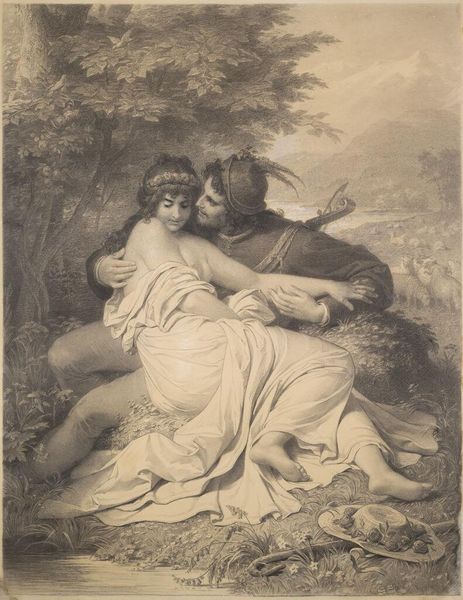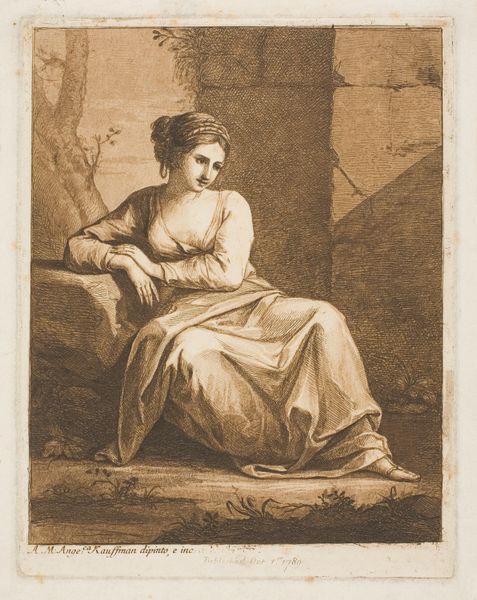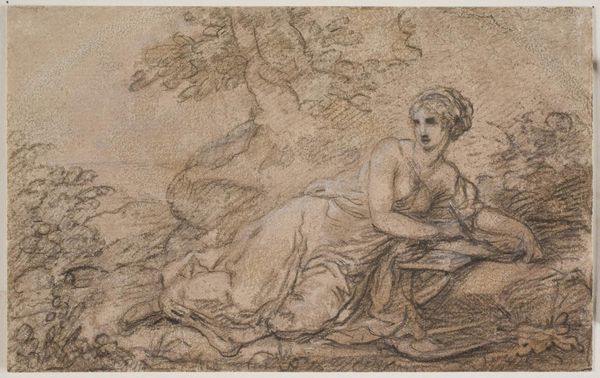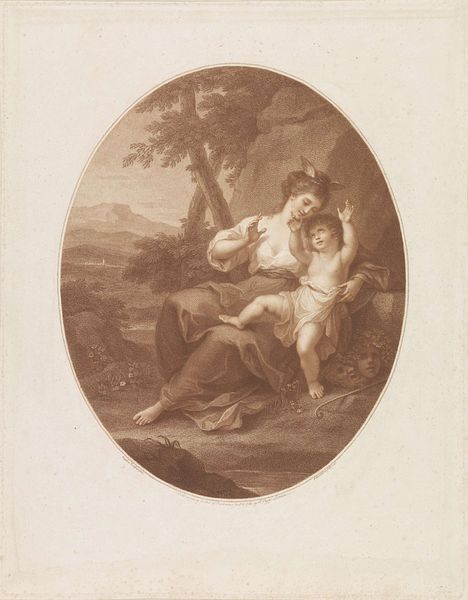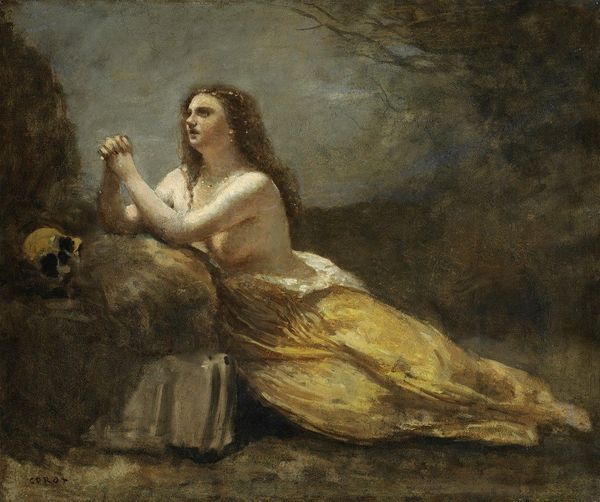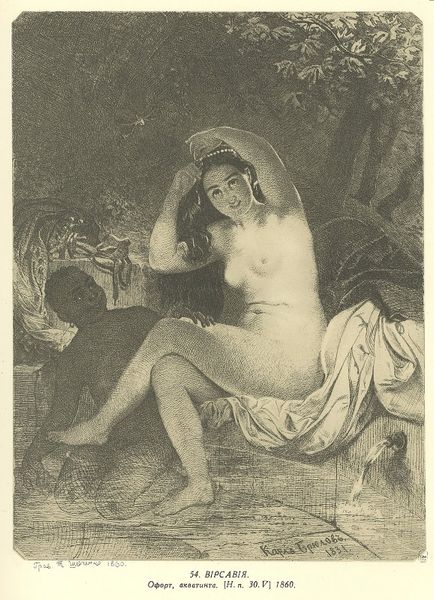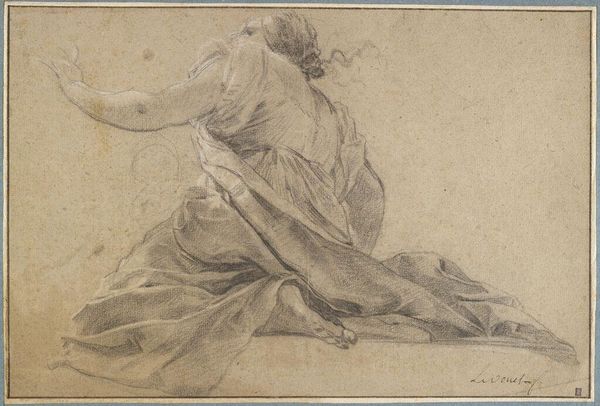
drawing
#
drawing
#
pencil sketch
#
charcoal drawing
#
possibly oil pastel
#
charcoal art
#
oil painting
#
acrylic on canvas
#
underpainting
#
portrait drawing
#
charcoal
#
watercolor
Copyright: Public Domain: Artvee
Pierre-Paul Prud'hon's Study for a Portrait of Empress Joséphine, shows the empress leaning pensively against what appears to be a classical stele. The stele, adorned with what seems to be a lyre motif, evokes the cultural memory of ancient Greece, a symbol deeply entwined with notions of harmony, order, and civilization. In antiquity, the lyre was often associated with Apollo, a deity of music, healing, and intellectual pursuits. Seen across time and place, this symbol experienced a resurgence during the Renaissance and Enlightenment periods. In Prud'hon’s era, neoclassicism embraced such symbols, seeking to emulate the perceived virtues of the ancient world. The recurring use of classical motifs reveals a culture's attempt to reconnect with its historical roots, tapping into a collective subconscious reservoir of symbols and meanings. The melancholic pose of Joséphine taps into a deeper psychological space, a space where the individual is confronted with their existence, their destiny. The echo of this pose resonates with the universal human experience, bridging the gap between the past and present, revealing the timeless nature of human emotion.
Comments
No comments
Be the first to comment and join the conversation on the ultimate creative platform.
